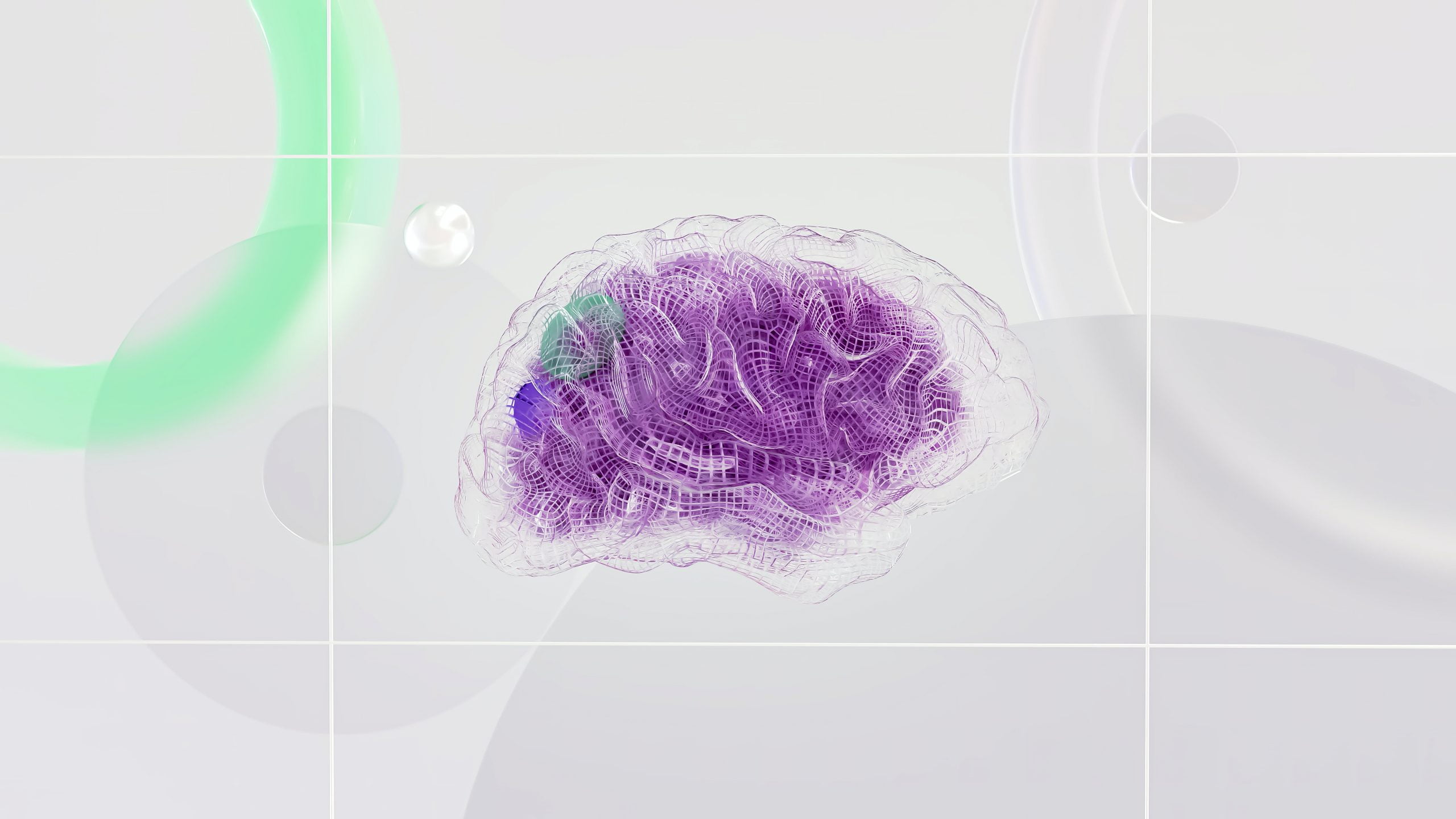Last Updated on November 10, 2024 by Michelle Wan
In the delicate moments of childbirth, the anticipation of a new life can be overshadowed by unforeseen challenges, particularly when it comes to birth-related brain injuries. The question lingers: how do we navigate this intricate terrain and provide the best possible care for infants facing such complexities?
From the urgency of immediate medical interventions to the precision of surgical procedures, the strategic use of pharmacological treatments, and the transformative power of rehabilitation therapies, we’ll cover all. So, without any further ado, let’s get started!
Immediate Medical Interventions
Doubtlessly, the critical moments following the birth of a child with a potential brain injury demand swift and decisive action. Immediate medical interventions stand as the frontline defence, aiming to address the emergent situation and mitigate potential damage.
Neonatal Resuscitation Procedures
In these critical moments, skilled healthcare professionals orchestrate neonatal resuscitation procedures. Clearing airways and providing oxygen are life-saving techniques that ensure the newborn’s first breaths are met with the necessary support. It’s a meticulous dance, transitioning the infant from the womb’s protection to the demands of the outside world.
Emergency Treatments to Mitigate Damage
Beyond the first breaths, emergency treatments kick in. Medical teams, armed with expertise, swiftly address potential complications. Administering medications and managing immediate concerns, every action aims to minimize the risk of further harm.
This phase is a race against time, a bridge between the unexpected challenges and the comprehensive care that follows. Healthcare professionals, in these moments, become the guardians of hope, navigating uncertainties with skill and determination.
Diagnostic Processes
In the journey of treating birth-related brain injuries, the role of diagnostics is pivotal. Here, we’ll explore the methods and significance of early detection, laying the foundation for precise treatment plans.
Early Detection Methods
The evolution of medical technology has refined early detection methods. From advanced imaging techniques to clinical assessments, the emphasis is on timely identification. That’s not merely about recognizing symptoms; it’s a nuanced process ensuring swift diagnosis and informed decision-making.
Importance of Timely Diagnosis in Treatment Planning
Timely diagnosis is the linchpin of effective treatment. Beyond mere identification, it’s the catalyst for tailored treatment plans. Each moment saved in the diagnostic process becomes an opportunity for targeted interventions. This section underscores the critical link between early detection and the subsequent roadmap for addressing birth-related brain injuries.
In navigating the realm of diagnostics, medical professionals leverage technological advancements to unravel the complexities of newborn health. The focus isn’t just on identifying issues but on empowering the treatment team with the knowledge needed for a strategic and personalized approach.
Severity Classification
Understanding the nuanced spectrum of birth-related brain injuries is paramount for tailoring precise and effective treatment approaches. The classification into mild, moderate, and severe categories offers insights into their distinctive implications for the infant’s neurological development.
Classifying Brain Injuries: Mild, Moderate, and Severe
Within birth-related brain injuries, each classification provides a roadmap for healthcare professionals.
- Mild cases may present challenges, but they often allow for less invasive interventions.
- Moderate cases demand a nuanced approach, considering both immediate needs and long-term impacts.
- Severe cases, with their complex challenges, require comprehensive and intensive strategies, acknowledging the profound impact on the infant’s neurological well-being.
Impact of Severity on Treatment Approaches
The severity of a birth-related brain injury is not a mere label; it’s a dynamic factor shaping the entire treatment spectrum.
- In mild cases, interventions may focus on supportive measures, emphasizing monitoring and minimal intervention.
- Moderate cases require a careful balance between immediate actions and long-term considerations, often involving a combination of therapies.
- Severe cases demand a holistic approach, integrating surgical interventions, pharmacological treatments, and long-term rehabilitation plans.
This in-depth understanding guides healthcare professionals in tailoring interventions that precisely align with the unique challenges presented by the severity of the birth-related brain injury.
Surgical Interventions
In addressing birth-related brain injuries, certain cases necessitate a more intricate approach beyond immediate medical interventions. Surgical interventions become a crucial avenue for healthcare professionals when navigating the complexities of these conditions.
Surgical Decision-Making
Surgery comes into consideration when the challenges presented by a birth-related brain injury surpass the efficacy of immediate medical responses. The decision to opt for surgery is not taken lightly; it stems from a thorough evaluation of the specific circumstances surrounding the injury.
Indications for Surgery
The indications for surgical interventions in birth-related brain injuries vary, spanning scenarios such as severe bleeding, structural abnormalities, or complications demanding precise correction. This decision-making process requires a nuanced understanding of the intricacies of each case, emphasizing the critical importance of recognizing the specific indications that warrant surgical solutions.
Diverse Surgical Procedures
The types of surgical procedures employed in addressing birth-related brain injuries are diverse, each tailored to meet the unique needs dictated by the circumstances of the injury. From corrective procedures aimed at addressing specific issues to interventions designed to minimize further damage, the surgical landscape is characterized by its adaptability to the intricacies of each case.
Pharmacological Treatments
In the realm of birth-related brain injuries, pharmacological treatments stand as crucial elements, offering targeted solutions to intricate challenges.
Neuroprotective Medications
Neuroprotective medications take centre stage in safeguarding the delicate structures of the brain. These guardians of neurological well-being extend beyond symptom management, proactively mitigating potential damage and supporting optimal development.
The decision to integrate neuroprotective medications is thoughtful, guided by a comprehensive assessment of the specific challenges presented by birth-related brain injury.
Managing Neurological Symptoms with Medication
Birth-related brain injuries often present diverse neurological symptoms, necessitating tailored approaches for effective management. Medications designed to alleviate pain, reduce inflammation, or regulate physiological processes become instrumental in addressing these symptoms.
Healthcare professionals employ nuanced strategies, emphasizing a personalized and targeted pharmacological approach. Each medication is selected with precision, aligning with the unique needs dictated by the circumstances of the birth-related brain injury.
Rehabilitation Therapies
In the spectrum of addressing birth-related brain injuries, rehabilitation therapies play a paramount role, aiming to optimize the developmental trajectory and functional abilities of affected infants.
- Physical Rehabilitation
Physical rehabilitation focuses on enhancing motor skills and coordination. Therapists employ tailored exercises to strengthen muscles and improve mobility, fostering the physical development crucial for independent movement.
- Speech and Language Therapy
Speech and language therapy targets communication challenges. Therapists work on developing language skills, addressing speech impediments, and fostering effective communication strategies, enabling infants to express themselves and engage with their surroundings.
- Cognitive Rehabilitation
Cognitive rehabilitation aims to enhance cognitive functions such as memory, attention, and problem-solving. Therapists employ engaging activities and exercises to stimulate cognitive development, empowering infants to navigate intellectual challenges.
Legal Support from Thomas & Wan, LLP
Legal support is paramount for families navigating the complexities of birth-related brain injuries, and Thomas & Wan, LLP stands as a reliable ally in advocating for justice and compensation.
Thomas & Wan’s medical malpractice attorneys bring extensive experience in representing children and parents affected by birth injuries. Their expertise spans a range of cases, including hypoxic-ischemic encephalopathy, cerebral palsy, and other injuries arising from medical negligence during childbirth.
The firm’s understanding of both medicine and law uniquely positions them to provide comprehensive assistance. If your child has suffered a birth-related brain injury due to negligence, Thomas & Wan, LLP offers a dedicated team ready to advocate for your family’s rights. Their legal support extends to cases involving various birth injuries, ensuring families receive the justice and compensation they deserve.
Reach out to us today to schedule a complimentary consultation. Allow our team to be your steadfast advocates, guiding you in seeking justice and compensation rightfully due to your family. We understand the significance of your voice, and our commitment is unwavering. Count on us to support you at every juncture of this journey, ensuring that your family receives the rightful care and consideration it deserves.




